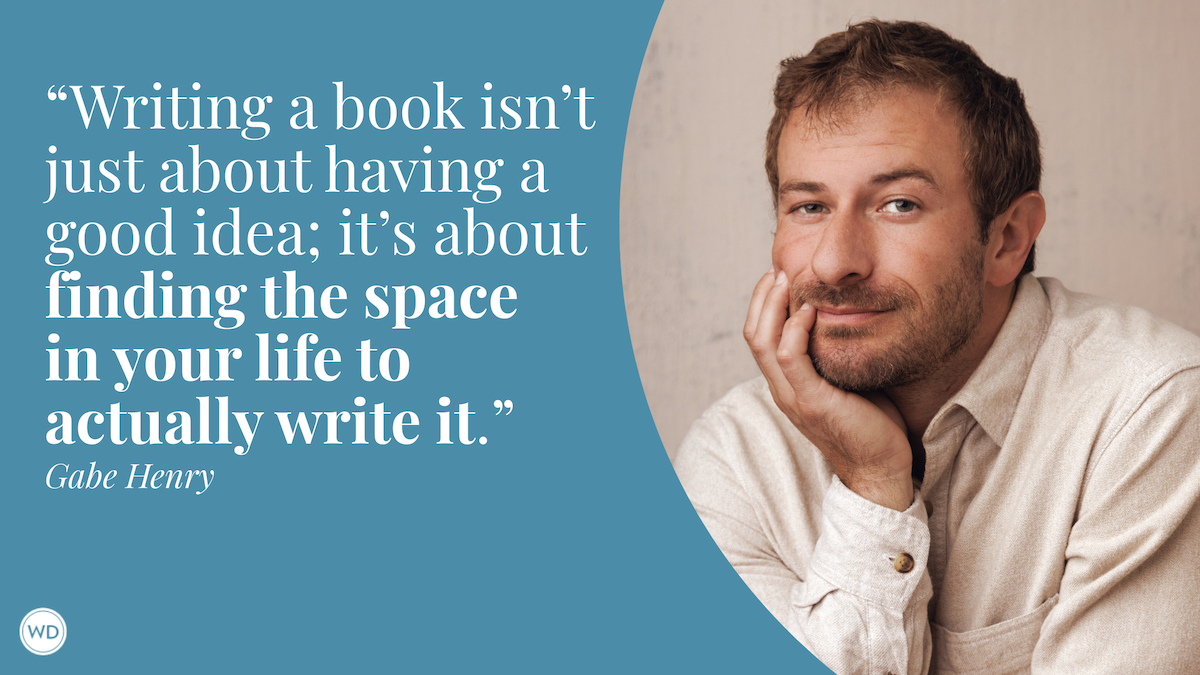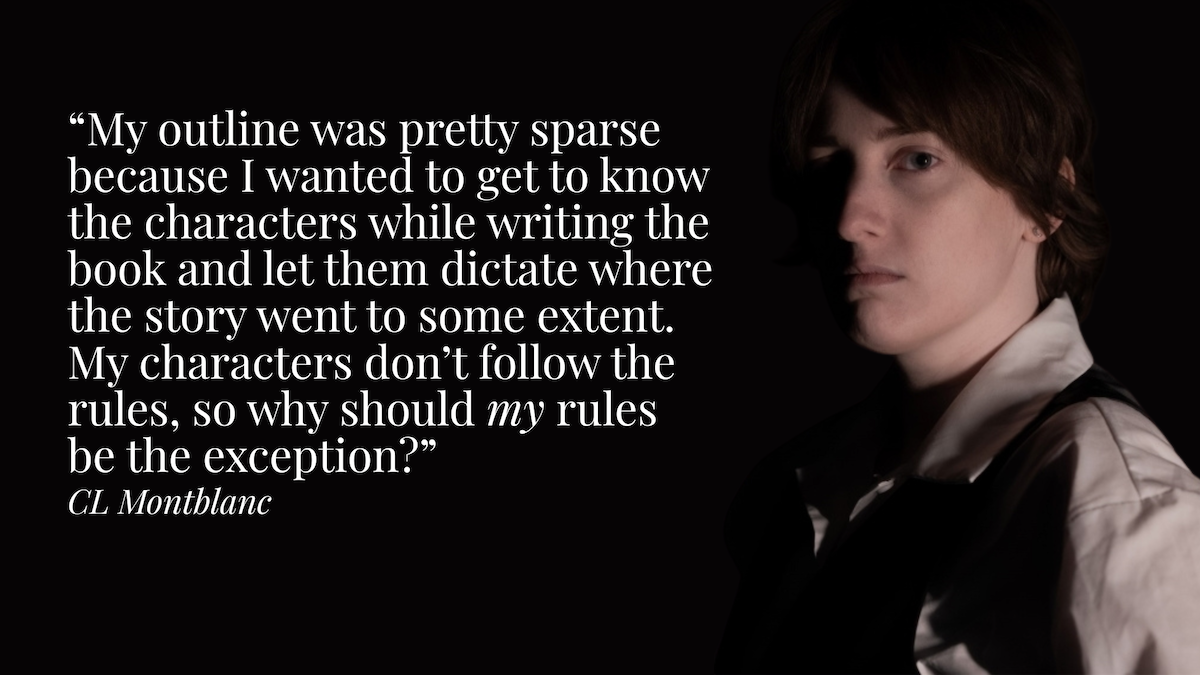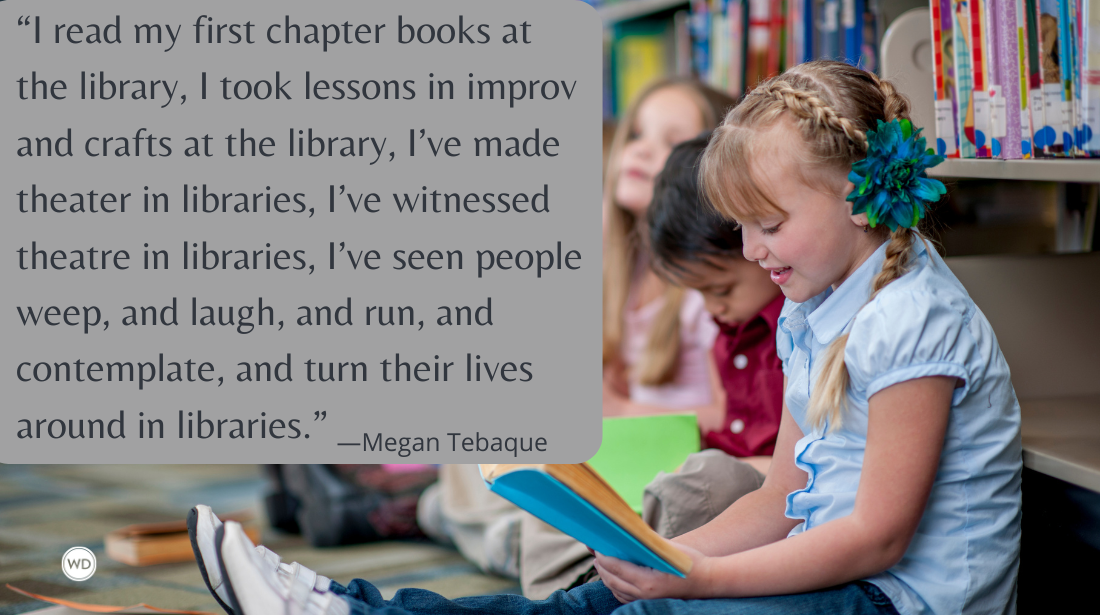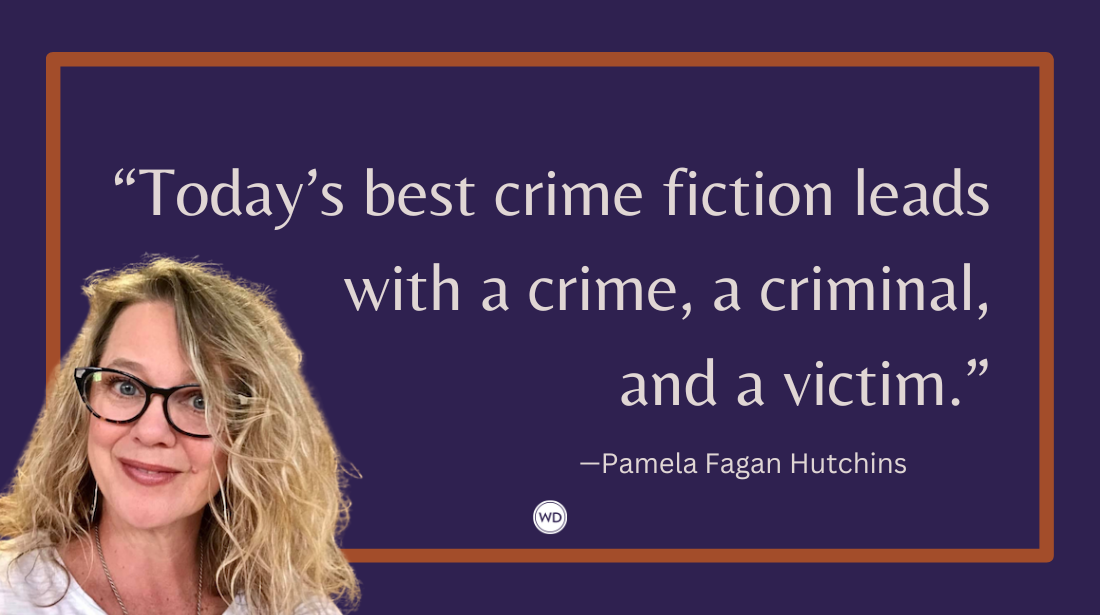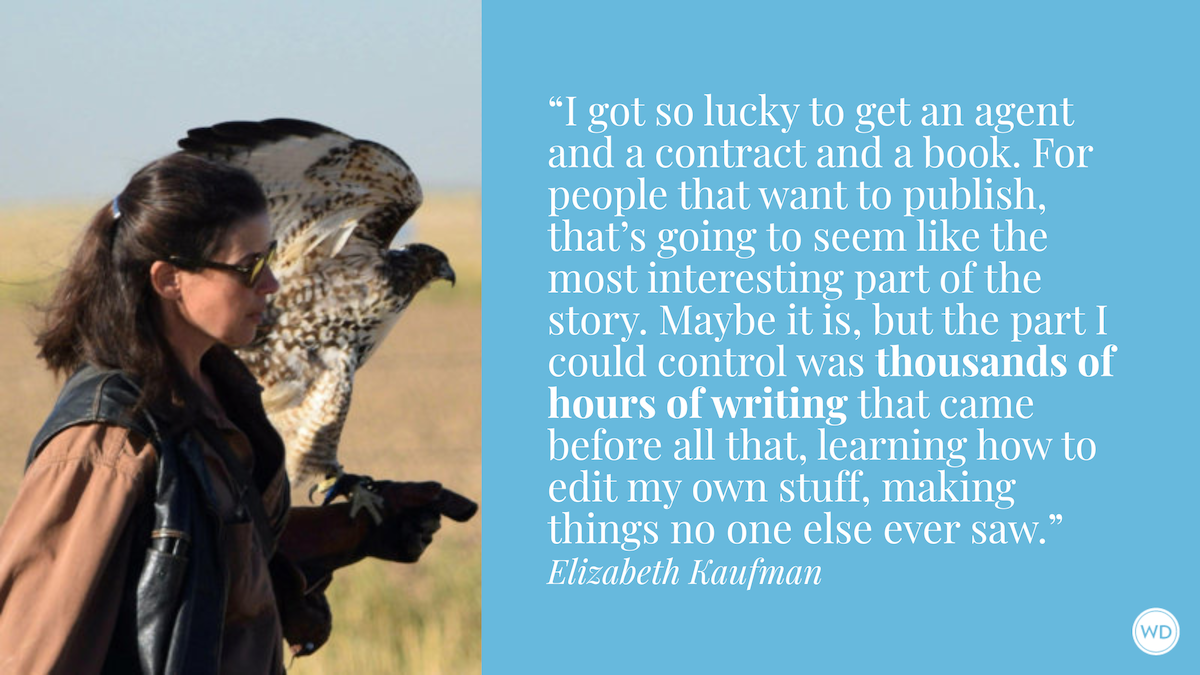Interviewing 101: Tips for Writers
Interviewing sources for quotes or research will be part of any writer’s job. Here are tips to make the process as smooth and productive as possible.
This article previously appeared in the March/April 2022 issue of Writer's Digest.
I was on the phone with Scott Turow when his fire alarm went off.
This took place a handful of years ago, after I’d called the bestselling novelist of such legal thrillers as Presumed Innocent to feature him in a Writer’s Digest Interview. The first few minutes of the conversation had felt a bit stilted and formal, and I was beginning to worry the piece would come off as such, when the alarm blared. Turow apologized, sounding somewhat flustered, and off the cuff, I quipped: “It would be tragic if I had to end this Q&A with, ‘… and that was the last anyone heard of Scott Turow.’”
The comment caught him so off guard that he laughed for a good 10 seconds, and it had the effect of cracking open the rest of our conversation, which felt more organic and genuine. In that moment, we’d built some rapport, perhaps accidentally, but that story serves to illustrate the nuanced art of interviewing.
The basics of conducting an interview are valuable for writers of any discipline, from journalists and nonfiction writers to the novelist seeking background information. As a longtime freelance magazine writer and a former editor-in-chief of WD, I’ve conducted more than 100 interviews. In this 101 guide, we’ll primarily focus on feature-length Q&As—a staple format of journalism that depicts an individual’s verbatim answers cohesively pieced together—as opposed to, say, talking to a source for a reported story or collecting background detail for a profile. That said, most of the tips included will be relevant for interviews across the board.
Types of Interviews
PHONE INTERVIEWS: These days, given the impact of general budget-slashing at media companies and the logistical challenges of speaking with people located far away, phone interviews are the most common type you’re likely to encounter. Benefits include the ability to respond in real-time with follow-ups while also being able to speak with people who live time zones or even continents away. One disadvantage is that the conversation can be more difficult to record—to do so, I suggest doing the interview via speakerphone—and another is that it can feel less personal. You can employ techniques as I did with Turow, but nothing beats in-person for natural conversation. Thankfully, there’s an in-between.
VIDEO INTERVIEWS: Now that COVID-19 has made us all Zoom experts, video interviews are far more common (and less intimidating) than they were even two years ago. Benefits of video calls include the ability to see your subject’s gestures and body language, which can help guide the flow of your questioning. It’s also easier to record these sessions with built-in apps. The downside: a spotty internet connection can derail the whole thing.
IN-PERSON INTERVIEWS: Questioning your subject face-to-face (not through a screen) is an ideal format for profiles, Q&As, features, and other pieces where you want to include detail beyond the dialogue itself. If you plan on asking hard or probing questions, it’s also more difficult for your subject to get up and walk away. You can also build rapport much more easily in person. Many of my favorite all-time profiles (and some Q&As!) involve the reporter doing an activity with the subject during the interview: hiking, cooking, bowling. The downsides here are obvious—it’s a lot less convenient and can be expensive if travel is involved.
EMAIL INTERVIEWS: Emails are best for getting very tactical, specific answers to questions or for asking follow-ups—and in my opinion, that’s the extent of it. Sure, sometimes you have no choice, but the problem with Q&As conducted via email is that it gives the subject time to carefully craft their answers and, in some cases, run it through a PR filter. Responses rarely reflect the real way people talk, and the ability to improvise or ask a spontaneous follow-up are lost. In short, email interviews should be a last resort.
How to Prepare
In order to facilitate the most interesting, engaging dialogue in the moment, a fair amount of legwork should be put in beforehand. Yes, your questions will drive the conversation, but strong, smart, probing questions aren’t pulled from thin air—they require background research.
Become immersed in your subject. What exactly that looks like can vary widely depending on who the person is and what they do. As an example, for WD Interviews, I always make sure to read at least two books by the subject, including their most recent work, underlining key lines and passages as if I’m still an undergrad English major. But while consuming your subject’s work—whether a book, an album, a TV show, a study, an article in a journal—is all crucial, my favorite source of inquisitorial inspiration has always been past interviews with the person.
Why? First off, you can get a sense for which questions to avoid because they’re already well-trodden and have been answered a dozen different times. But also, you can tug on threads from those previous pieces that open up deeper discussion. I once read a Q&A in a local newspaper about an American who had won a Norwegian reality show, and he mentioned that with the prize money he was going to open up a craft brewery on a farm in rural Norway. Based on that line alone, I ended up writing a feature-length profile on him for the beer magazine DRAFT.
Another great resource can be social media accounts—especially somewhere like Twitter, where even celebrities tend to be a bit more unfiltered, and you can get a sense of their true interests and passions. Of course, drafting questions does not need to be a subsequent step to the discovery phase—I encourage you to jot them down as you go. Here are some quick tips for developing a solid list:
- Opt for too many questions. You don’t have to use them all, but if the subject keeps their answers concise, the last thing you want is to run out with more time left in your session.
- Be OK with “dumb” questions. Sometimes simple phrasing and straightforward queries breed the best answers.
- Avoid yes/no questions. It’s all right if there is some tactical information you need to get up front, but questions that can be answered in one word won’t be very interesting in a published transcript. When possible, try for open-ended.
- Split up multi-part questions. Your subject will almost always just answer one part, and questions that ramble can confuse them. Better to break it into pieces for follow-up.
- Remember to prioritize. Highlight the questions you absolutely must hit and manage your time accordingly.
With a hit-list in hand, you’re all set and ready for the big show.
The Interview Itself
The time has come. So, you sit back, relax, and run through your question list, right? Not quite. We’ve already talked about the benefits of building rapport. Here are seven more tricks for getting the most of your subject.
- Minimize live notes. Early in my career, I was so worried my audio recording would fail (it happened once when the device was too close to an A/C unit) that I would take meticulous notes live during the conversation. The problem is, I was so consumed with getting their words down verbatim that I was only partly listening to the things they were saying. Use two recording devices if it eases your mind, but try your best to be present in the moment.
- Allow for spontaneity. Coming in with thoughtful questions is great, but inevitably your subject will say something you want to pick at further. Expect to improvise, and ask follow-ups on the fly.
- Be OK with awkward silences. This is an old journalism trick. If you don’t feel like your subject adequately answered a question, when they stop talking, take a few beats before moving on. Sitting there in uncomfortable silence can make them feel the need to fill that empty air—at which point they’ll often be at their most candid.
- Rephrase questions and be direct if needed. If you’re not getting an answer, try asking the same thing in a different way. If you feel like they’re deliberately skirting the question, call it out: “It feels like you’re dancing around a straightforward answer. Why is that?”
- Save your toughest questions for last. Now, this isn’t always relevant. But if the nature of the interview requires some heavy hitters, hold those until the end. It will give you an opportunity to build rapport first and will also ensure you end up with at least some material if they’re frustrated by what you ask and want to end the conversation.
- Practice clock management. Be aware of how much time you have and manage your questioning accordingly. The last thing you want is to run out of time without asking your most important questions.
Even after it’s over, you’re not yet done. It’s your job to clean it up and give it a narrative.
Shaping the Final Product
First thing’s first: Get a transcript of the interview to work from. Yes, you can type it up manually if you want, but that can take hours and isn’t always the best use of your time. Tools like Rev.com and Otter.ai use artificial intelligence to transcribe audio for relatively cheap (Rev starts at 25 cents per minute). Will it be perfect? No, but as you read through you can identify lines that sound off and revisit the recording at that specific timestamp to get it right.
As you begin to piece together the Q&A itself, you have some flexibility in shaping the narrative. Feel empowered to cut full sentences or paragraphs from responses, change the order of questions, and add words in brackets to make things clearer. Just be conscientious that you’re not pulling statements out of context or, more generally, misrepresenting the spirit of their answer.
My interviewing idol is Terry Gross, the long-time host of NPR’s “Fresh Air.” In a 2018 article in The New York Times, she said of her process, “I try to clarify in my own mind why this person matters, and why it’s worthy of our listeners’ time.” I suggest approaching your own interviews the same way, using that frame to guide your questions, the conversation itself, and the ultimate flow of your published piece. That said, like any new exercise, getting good at interviewing takes practice. Improvement comes with reps—so your first step is to get started.
Tyler Moss was an editor-at-large for Writer's Digest magazine.



